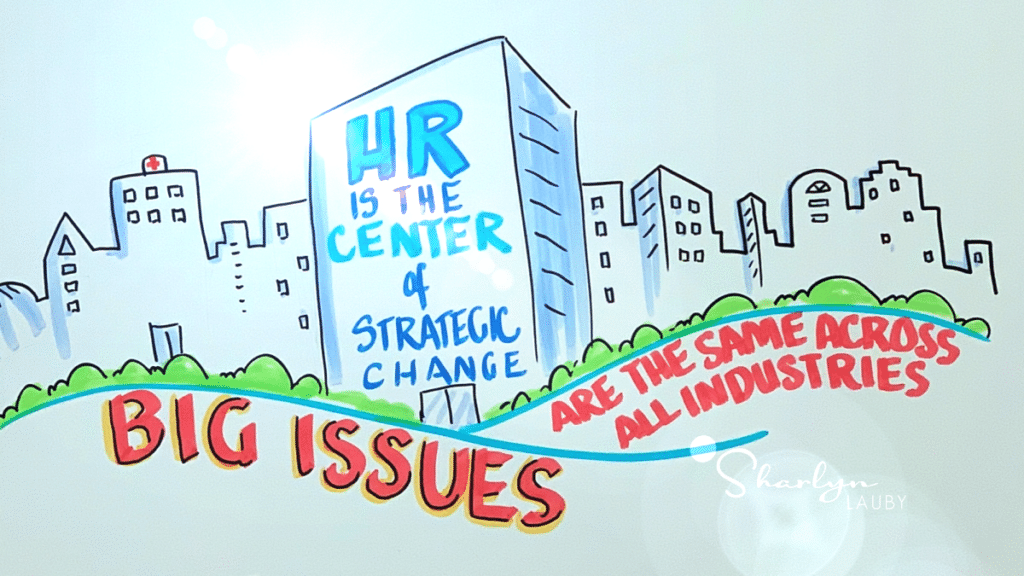3 Ways HR Pros Can Use People Analytics to Help the Bottom Line

Organizations are regularly faced with a variety of challenges. Right now, many are faced with finding and retaining the best talent. Some companies might be experiencing a slump in sales. Some organizations are finding that a new technology is disrupting their market. Regardless of what challenge the organization is facing, HR and the rest of the senior management team are being asked to help develop and implement solutions.
Saying “come up with a solution” and actually doing it are two totally different things. Coming up with solutions is hard. I’ve always found that the best way to problem-solve and determine the best path forward is with good data. Now, I must admit that I’ve always considered myself a numbers person. I like math. And I’ve always worked for companies that placed a lot of value on knowing the numbers. That’s one of the reasons why I decided to pursue the Society for Human Resource Management (SHRM) People Analytics Specialty Credential (aka the PASC).
If you’re not aware, the program to earn the PASC has three parts: 1) complete SHRM’s People Analytics Seminar, which is available in-person and virtually. 2) participate in three eLearning modules on metrics, foundational data, and data analysis. And 3) successfully pass a 50-question multiple choice exam. You can learn more about the specialty credentialing process on the SHRM website.
But, back to my point about using data to solve problems. One of my biggest takeaways in my work and the PASC experience was drawing the distinction between metrics, talent analytics, and people analytics. While we might have a tendency to use these terms interchangeably in the workplace (and I have many times), understanding how they are different can help us bring the right ideas and solutions to the table.
Metrics are a quantifiable measurement that is used to track and assess the status of a process. Common HR metrics include cost per hire, time to fill, and turnover rate.
Talent analytics include metrics, but they also include data related to human resources activities. An example of talent analytics might be analyzing stay interviews, exit interviews, and turnover data to predict which sales employees are a flight risk.
People analytics takes talent analytics one step further. It makes the connection between talent analytics and the business. For instance, a people analytics project could involve studying the hiring process and attrition trends for sales employees to determine a retention strategy.
People analytics is about using the data and our reasoning abilities to make business decisions. It’s about asking a lot of questions. What is the organization currently doing? What does the organization want to accomplish? And finally, how do we get from the current state to the desired state?
During the process of earning my People Analytics Specialty Credential, I walked away remembering that people analytics isn’t simply an exercise with the numbers. Analytics is about being curious. It’s about searching for answers. As human resources professionals, we do many of activities associated the people analytics on a daily basis. But we all know that the more we focus on problem-solving, research, and finding answers the better we get at it. That’s what the PASC program does for us. It gives us a people analytics framework that we can immediately use on the job.
The good news for businesses today is we can solve problems and propose solutions using data, metrics, and analytics. Much of the information we need can be gathered using existing technology. Human resources professionals need to be prepared to lead their organizations through the process using sound reasoning and a consistent framework.
Image captured by Sharlyn Lauby at the SHRM Annual Conference in Las Vegas, NV
SHRM logo used with permission.
14